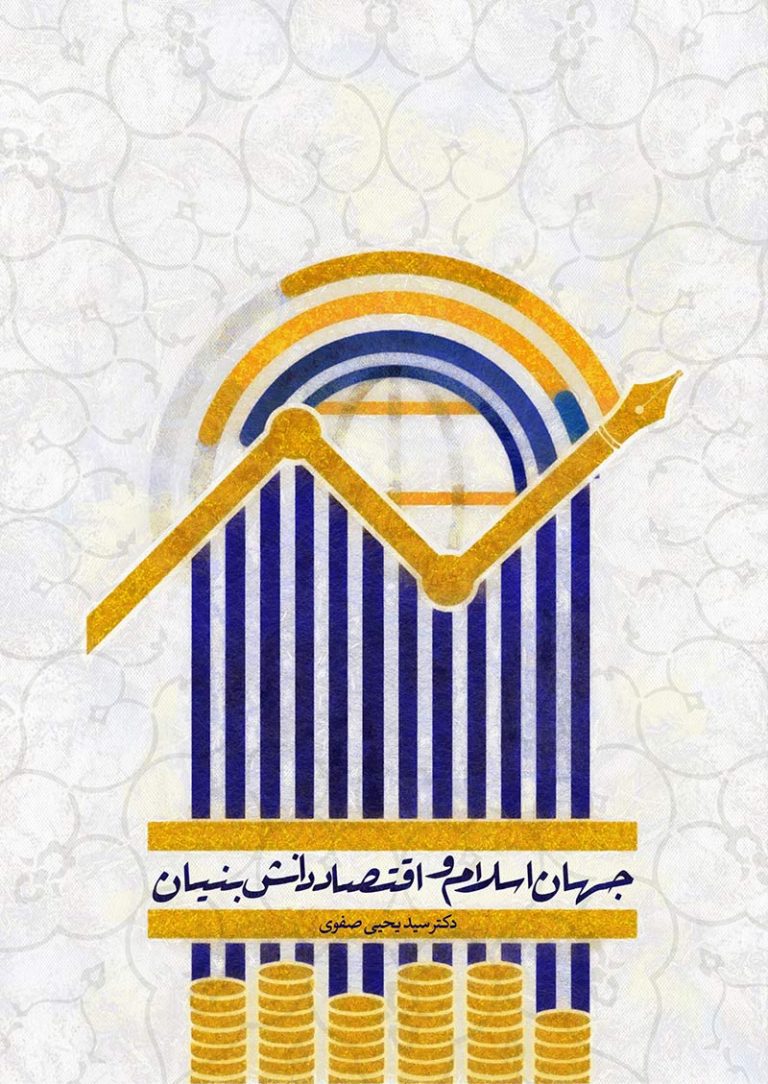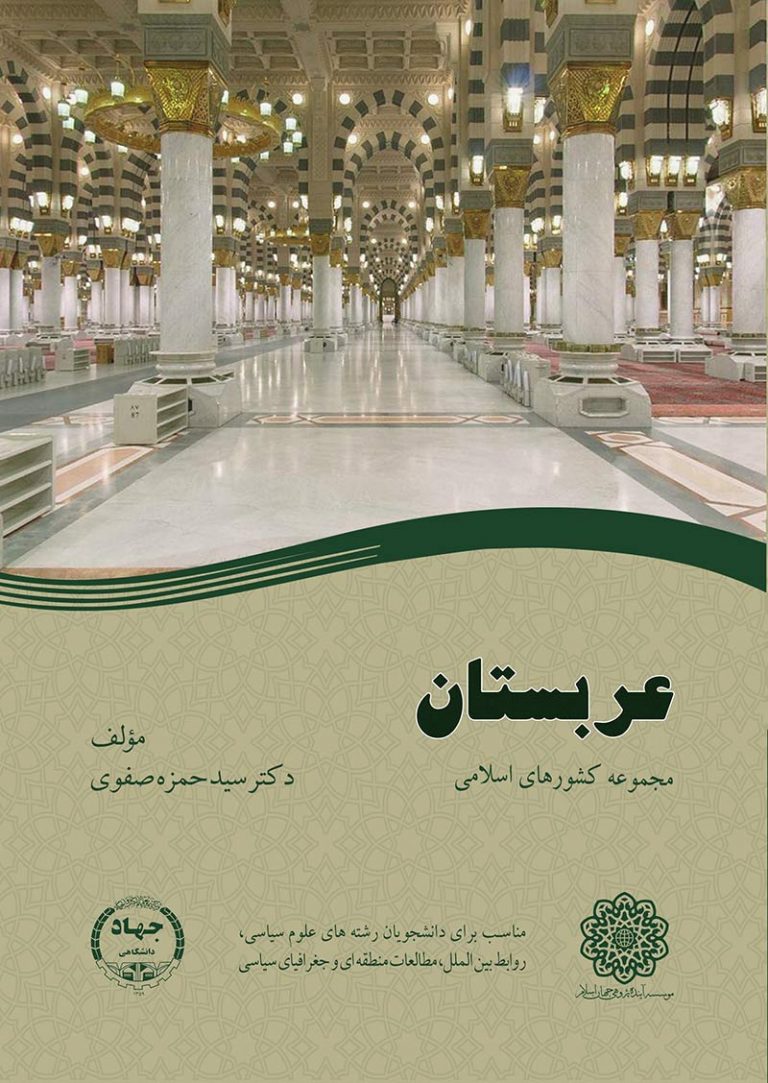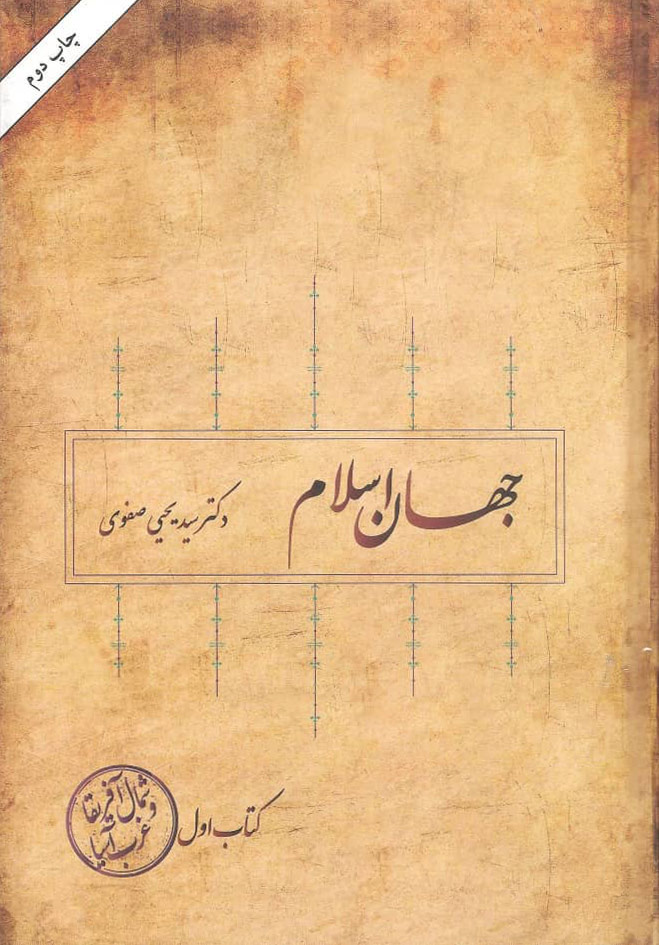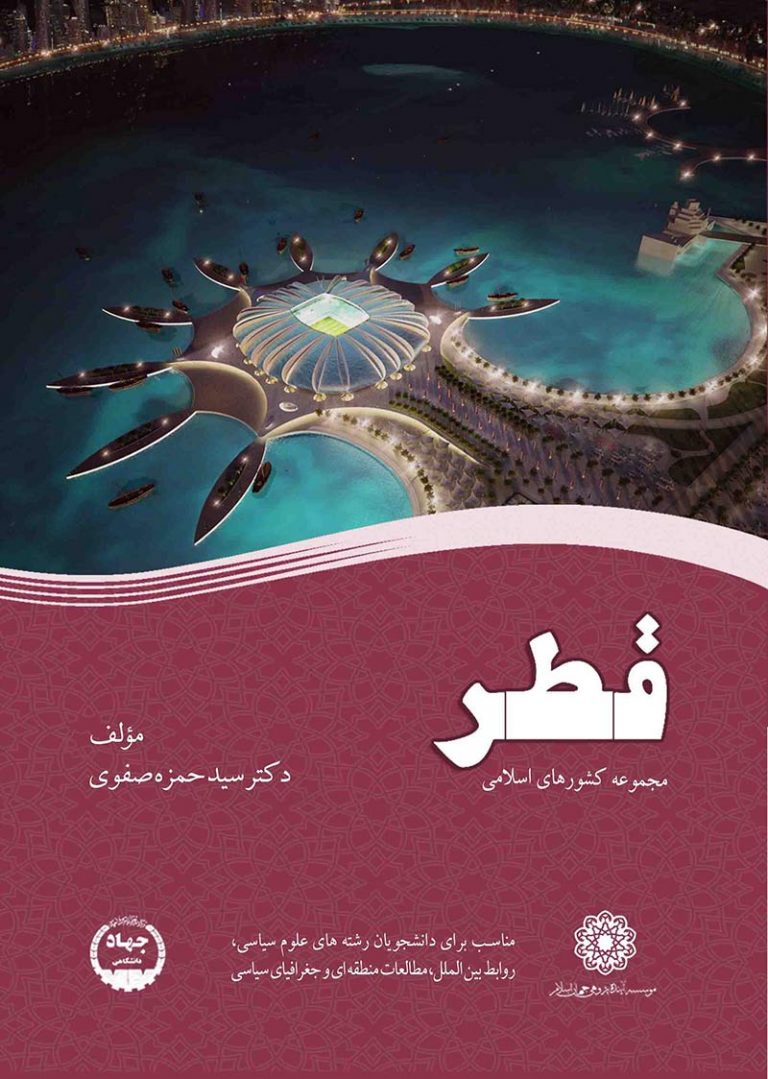publications
Islamic World and Knowledge-based Economy
Nowadays, the importance of economy in human life and its effect on forming the national power of countries is crystal clear for everyone and making new knowledge and the desirable usage of it, is vital for the economic and social systems in today global economy. Therefore, the Institute for Islamic World Futures Studies (IIWFS) has studied the status of economy in Islamic countries as one of the effective factors in the promotion of Islamic world in a book entitled “Islamic world and the knowledge-based economy”. In this valuable publication, the economic image of Islamic world is described in eight chapters, 974 pages. The first seven chapters of this book study the theoretical foundations and the experiences of Islamic countries in knowledge-based economy. The main feature of this section of the book that distinguishes it from similar other ones, is in providing the deep theoretical issues on types and position of knowledge in economic theories and investigation of features, indicators and extensive dimensions of knowledge-based economy as the latest economic mechanisms in current era. Chapter eight analyses the indicators of knowledge-based economy in 57 Islamic countries based on the most accurate and up-to-date data, and tries to explain the necessity of making changes in the economic framework of the Islamic world.

Saudi Arabia
The Institute for Islamic World Futures Studies (IIWFS) along with its research objectives has started to publish a series of case study books including different Islamic countries. In this framework, the book entitled “Saudi Arabia” is one of the valuable works which could provide a comprehensive image of this country by using detailed and updated data with arranged structure. This book also represents reliable information about this important country of the region and the Islamic world to the scholars interested in foreign policy and Islamic world studies.
“Saudi Arabia” book with six chapters and a statistical annex investigates the geography, economics, policy and governance also social, cultural, educational and tourism situation of this country. The most important point of this valuable work is providing a scientific analysis of political, economic and military situation of Saudi Arabia by SWOT in chapter VI after providing a general description and comprehensive image of this country to the audiences. At the end of the book, statistical indicators by using the most updated global statistics related to Saudi Arabia have included for researchers.

Islamic World - Eight Volume Books
Islamic world including 57 countries with Muslim majority and more than 1.6 billion people, forms almost 23% or more than 1/5 of the world’s population. The expansion of Islamic world countries in sub-Saharan Africa, west of Asia and north of Africa, central Asia and some parts of Europe, Southeast Asia also some parts of Latin America consist 22 percent of the world’s landmasses. Also many Muslims live in other non-Muslim countries. Therefore, knowing the Islamic world requires some means according to realities of Islamic world, detailed and updated statistics obtained from economic, social and political situations. The institute for Islamic world futures studies along with its research objectives has started to publish the encyclopedia of the Islamic World in an eight-volume book during many years’ efforts by an experienced research team which provide valuable information related to Islamic world countries to the researchers and scholars of this area.
What considered as a special advantage in this book is the new and accurate data, also focusing on a certain territory and precision on studying all the biological and material, geographic, military, cultural, social, economic and statistical aspects. Although numerous books have been written by foreign scholars and experts in the area of Islamic world, a lack of a book in this area including mentioned features is understood among researchers and graduates of this field. Therefore this book tries to meet the needs of scientific community.
This great book has been published in eight volumes as follow:
1- Islamic World - book I - North Africa and West Asia
Including: Jordan- Algeria- Tunisia- Syria-Palestine-Lebanon-Libya- Morocco-Egypt
2- Islamic World - book II - North Africa and Southwest Asia
Including: Afghanistan-UAE- Iran- Bahrain- Pakistan – Turkey- Iraq- Saudi Arabia- Oman- Qatar- Kuwait- Yemen
3- Islamic World - Book III - Central Asia and Caucasus
Including: Azerbaijan-Uzbekistan- Tajikistan-Turkmenistan-Kazakhstan-Kyrgyzstan

4- Islamic World - book IV - East Africa
Including: Uganda- Djibouti- Chad – Sudan- Somalia- Comoros- Mozambique
5- Islamic World- book V- West Africa
Including: Ivory Coast- Senegal- Sierra Leone, Guinea- Guinea Bissau- Mali- Mauritania
6- Islamic World - book VI - Southeast Asia
Including: Indonesia- Bangladesh- Brunei- Maldives- Malaysia
7- Islamic World - book VII - Europe and South America
Including: Albania- Suriname- Guyana
8- Islamic World - book VIII - West and Southwest Africa
Including: Benin-Burkina Faso-Togo-Cameroon-Gabon-Gambia-Niger-Nigeria
Qatar
The institute for Islamic world futures studies (IIWFS) along with its research objectives has published valuable works in the area of Islamic world futures studies. One of the most significant activities of IIWFS is the publication of series of Islamic countries books written by leading scholars of Iran in the form of case study on different countries.
In this framework, Dr.Seyed Hamzeh Safavi, member of scientific board of University of Tehran has written a book entitled ‘Qatar’. Qatar is the largest exporter of liquid gas and has the highest GDP in the world. According to its economic power, Qatar tries to become an active player in international policy. This book tries to present a comprehensive and realistic image of this small but rich country. It consists of six chapters (294 pages). The first chapter of this book describes Qatar’s natural and human geography. The second chapter investigates one of the most important aspects of identifying Qatar, which actually is the most significant strength point of this country as well. This includes economic structure of Qatar and its features, oil, gas and heavy industry also commercial and communication infrastructure. The third chapter titled Policy and Government in Qatar studies government structure, foreign policy and armed forces of this country. In the fourth chapter, social, educational and cultural situation are considered in details. This chapter includes religions and ethnic situation, the status of women and human development indicators, the situation of higher education and the mass media in Qatar. The fifth chapter of this book has a close look to tourism industry and strategies of attracting tourists and its impact on economic indicators of Qatar.
What gives this work a special place among others, is the comprehensive analysis of the strengths and weakness of this Islamic country based on SWOT. A point which is not considered in many other similar works. Hence studying this great work strongly recommended to the foreign policy decision-makings and decision-makers, analysts and researchers as well as students of political science, international relations, regional studies and political geography.


